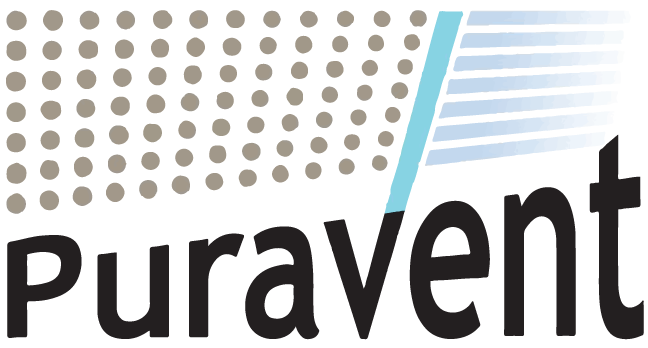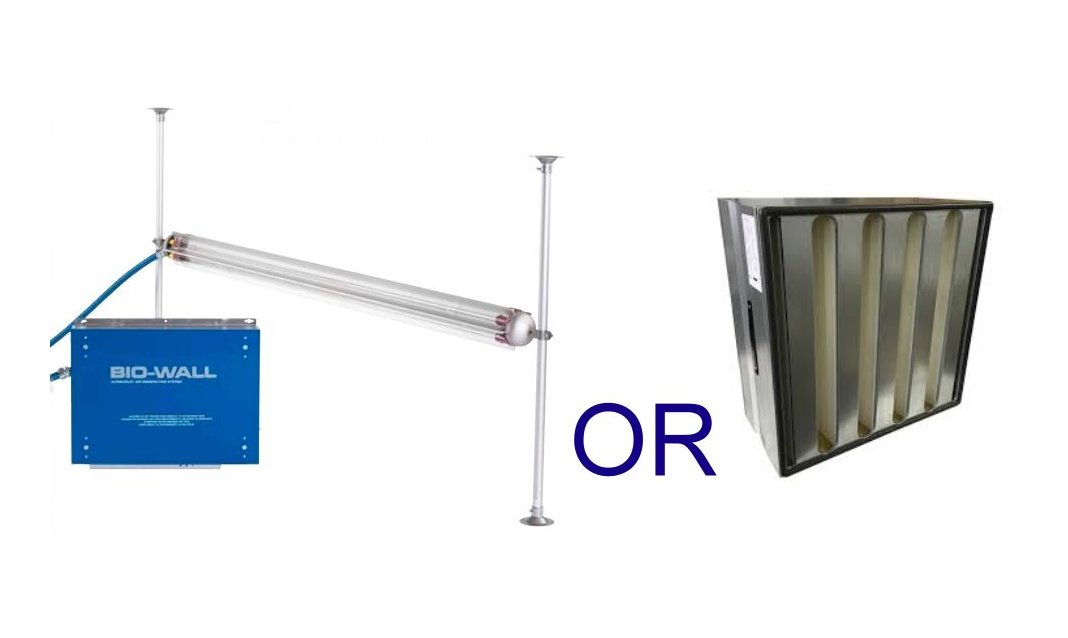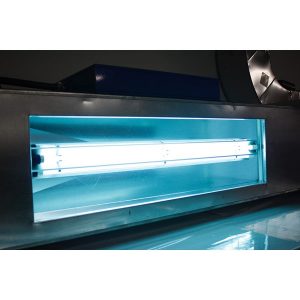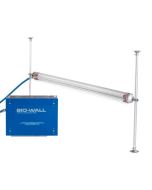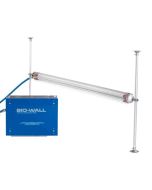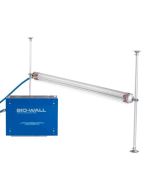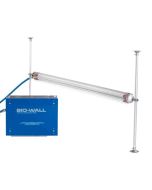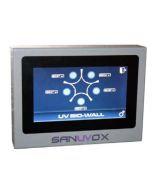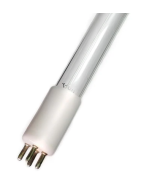- Heaters (38)
- Ventilation (6)
- Cooling (28)
- Dehumidifiers (7)
- Air Purifiers & Cleaners (26)
- Fans (21)
- Air Curtains (2)
UV Air Purifiers
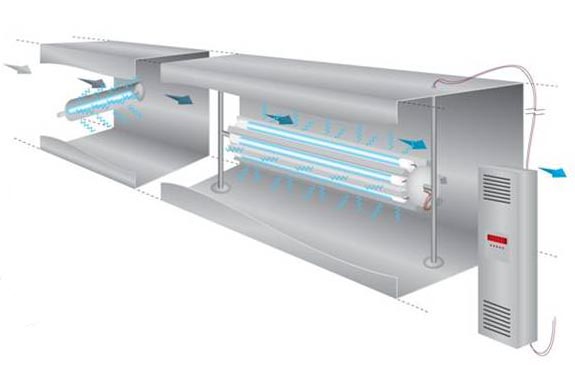
UV Air Purifiers and its Application
To achieve biologically and, or chemically clean air, UV air purifiers are the answer. In this post we reproduce our article that was originally published in MBS magazine in 2008. It is as relevent now as it was then. In the meantime if you need help with engineering a system based on UV air purifiers then call us 01729 824108 or our UV products are here.
"In North America, UV air purifiers for preventing fouling on cooling coils and drip pans and for the treatment of odours and micro organisms in ducted air is common place. Not only is the technology a specified requirement for air handling units entering service within American public sector buildings, it has even been tested and found to be effective by the US National Homeland Security Research Centre, at defending building occupants against bio-terrorism. Now that the technology is detailed in the ASHRAE handbook, it warrants closer examination in Europe.
Technical Rudiments
Within the UV light spectrum, the wavelength 254nm is known to be particularly effective at killing or inactivating micro-organisms. It is utilised by ultraviolet genocidal irradiation (UVGI) systems, where the effect on micro-organisms, including bacteria, viruses and spores, is that it penetrates the organism’s cell wall and damages the DNA, preventing cell division reproduction; certain doom, given their short lifespan. Another useful UV wavelength is 187nm, which is sometimes known as UVV and is used for UV photo oxidation of airborne chemicals and odours. UVV produces ozone, oxygen singlets and hydroxyls (O3, O and OH), which although excellent for treating airborne odours and other chemicals, can leave harmful concentrations of residual ozone being supplied to occupied spaces. For this reason UVV is only used if followed downstream by and interlocked with, a UVGI system which acts as a catalyst reverting residual O3 safely back to O2. Within ducted systems, UV comes in two main guises.
 Two UV air purifiers used in series, UVV and UVC combined for both biological and chemical challenges
Two UV air purifiers used in series, UVV and UVC combined for both biological and chemical challengesFor treatment of odours and chemicals UVV and UVGI lamps must be used in combination.
Coil Cleaning
Firstly UV lamps arranged to bathe the cooling coils and drain pan of an air handling unit in UVC light is used to prevent the build up of mould and slime. Left unchecked the cool, wet surfaces present an ideal breeding ground for biomass, blocking fins and reducing thermal efficiency, and creating a source of biological contamination easily picked up and vented to rooms. UV coil cleaners prevent this biomass with the economic benefit that the initial efficiency of the coils is maintained and the costs and down-time associated maintenance and coil cleaning are eliminated."
Looking to eliminate unwanted ozones from the workplace? Check out our range of ozone eliminators.
Articles related to this product
-
A guide to choosing between HEPA filter & UVC filtration. Can you combine the two, or is it a straight choice? We help your understanding.12/03/21
-
UV Infection Control - A key element to preventing airborne spread of infections in healthcare08/04/21
